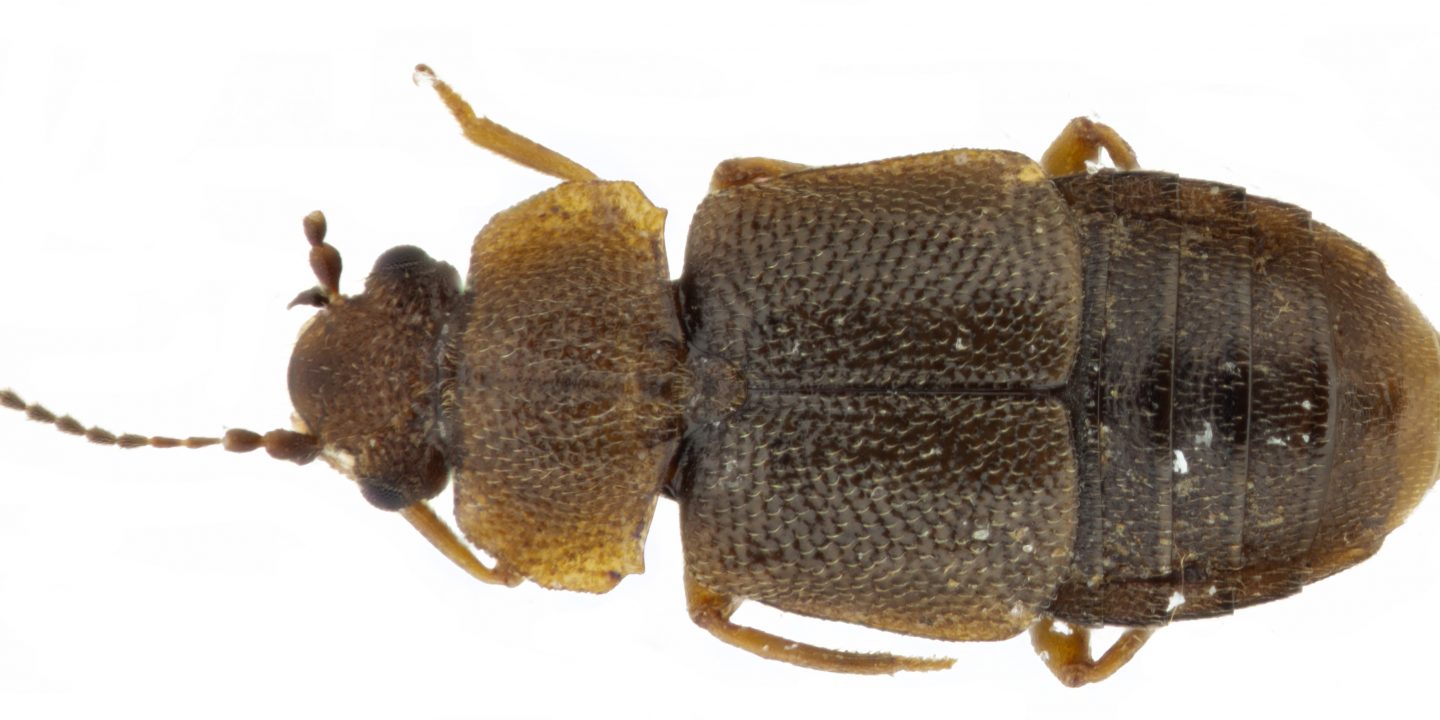Given this years theme of biodiversity, climate and conservation, I have decided to showcase a small part of my own MSc project for the advent calendar this year. As mentioned in a couple of the previous posts of the calendar, biodiversity is undergoing a crisis comparable only to those of the worst extinction events in history, with Earth’s biota finding itself well into what may be described as the sixth mass extinction episode (e.g. see Ceballos et al., 2017).
One issue to deal with during such a situation is of course how to conserve the species that we know of and that are endangered. Another important issue, however, is how to conserve the biodiversity of species that have not yet been discovered or formally described, yet still are just as important to conserve. This is especially true for megadiverse taxa in tropical areas, where rare species are common and habitats are under pressure from human activities. The problem of this lack of knowledge about the worlds hidden and unexplored diversity is often referred to as the Linnean Shortfall, with commonly cited estimates of around 8.7 million undiscovered eukaryotic species under threat of going extinct before we even realize that they exist (Sweetlove, 2011).
During field trips to Mt. Cameroon as part of my MSc project, two species of the Proteinine rove beetle genus Megarthrus were collected from samples taken from different slopes of the mountain. One of the species fit a previous species description of Megarthrus kamerunensis which had all its type material lost in transit between museums during the late 1960s. The other species is currently undescribed and has yet to be given a formal name. As a part of my project, describing and re-describing these species is part of the work that have taken up some of my time this year.

Noteworthy here is the fact that these species were not rare, but were collected in relatively large quantities from multiple locations across the mountain massif, and across different altitudes. This emphasizes the reality that much of the unknown diversity is unknown simply because we lack the time, funding and expertise to efficiently make new discoveries and to describe them, not necessarily because they are hard to find.
Luckily, in recent years large efforts have been put into the protection and conservation of the Mt. Cameroon National Park, with effective measures among other things hindering deforestation for agricultural purposes and extensive poaching for food. Hopefully, such measures can be put in place in what are currently less protected areas across the Afrotropics and other areas of extensive diversity, giving humanity more time to discover and conserve our most important hotspots of biodiversity.
![]()
